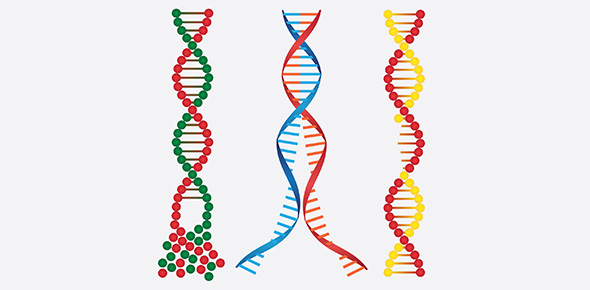Related Flashcards
Related Topics
Cards In This Set
| Front | Back |
|
Entity
|
- is some identifiable thing that users want to track:
|
|
Attribute
|
Describe an entity’s characteristics.All entity instances of a given entity class have the same attributes, but vary in the values of those attributes.
|
|
DDL
|
Short for Data Definition Language, DDL is a computer language that is used to define data structures. In Database Management Systems (DBMS), it is used to specify a database scheme as a set of definitions (expressed in DDL). In SQL, the Data Definition Language (DDL) allows you to create, alter, and destroy database objects.
|
|
Chen Notation
|
Entity relationship model
|
|
NULL
|
No legal or binding force; invalid.
|
|
Data
|
Recorded facts and figures
|
|
Data Model
|
Is a plan or blueprint for a database design.
|
|
DML
|
Data Manipulation language It is used to retrieve, store, modify, delete, insert and update data in database.
|
|
Primary Key
|
|
|
Aggregate functions
|
Aggregate functions perform a calculation on a set of values and return a single value. Except for COUNT, aggregate functions ignore null values. Aggregate functions are frequently used with the GROUP BY clause of the SELECT statement.
Aggregate functions can be used as expressions only in the following:
|
|
Join
|
- Join conditions can be specified in either the FROM or WHERE clauses
|
|
Table
|
Organizes the information about a single topic into rows and columns
|
|
Relationship
|
Entities can be associated with one another
|
|
Tuple
|
tuple uniquely identifies a slice of data from a cube. The tuple is formed by a combination of dimension members, as long as there are no two or more members that belong to the same hierarchy.
|
|
Derived Attributes
|
- are attributes whose values are generated from other attributes---Something u can calculate from other attributes
|








